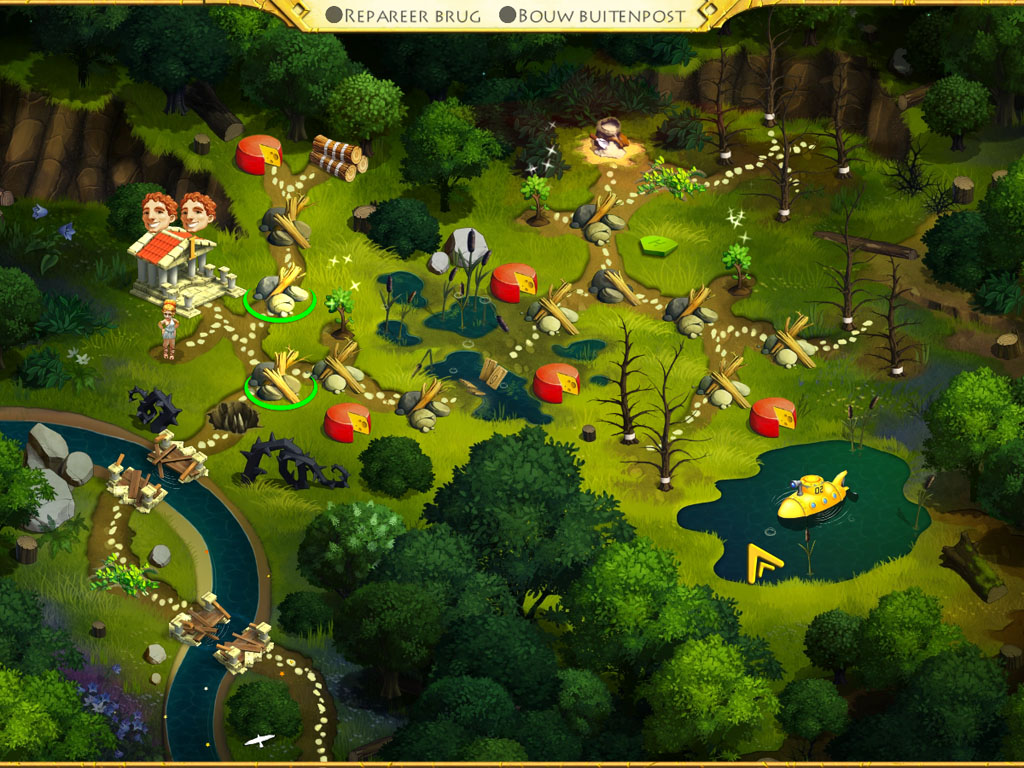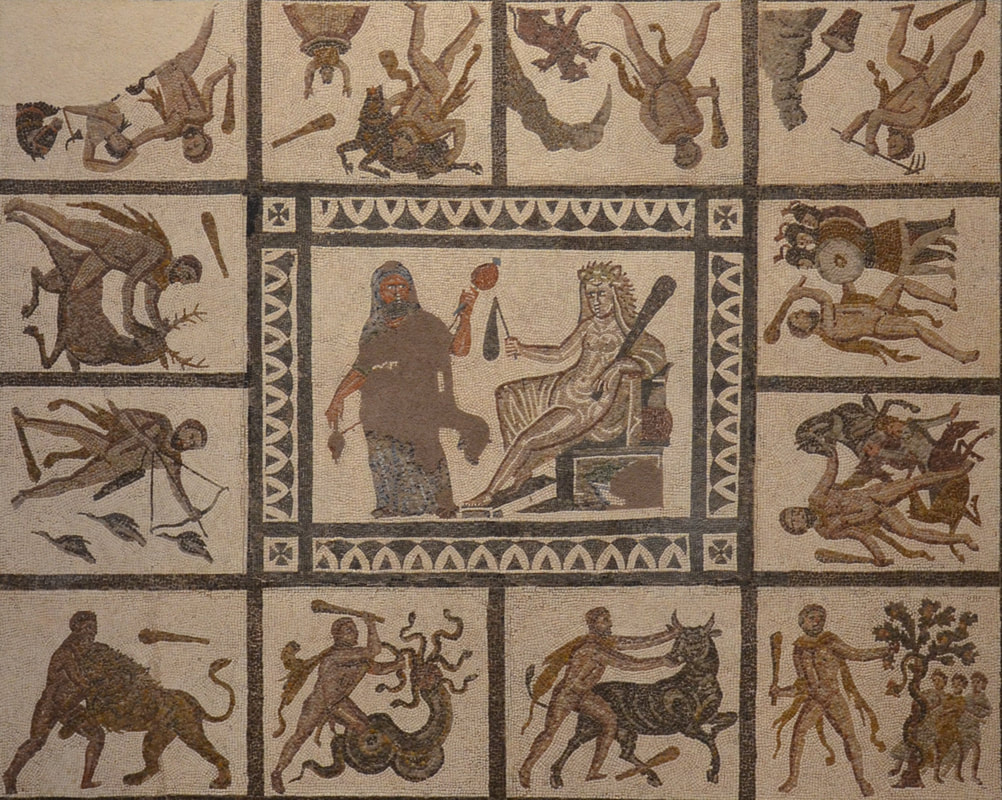

Alcmene, fearing the jealousy of Zeus's wife Hera, exposed her infant son, who was taken by either Zeus or his daughter Athena (the protectress of heroes) to Hera, who did not recognize Heracles and nursed him out of pity. Heracles was the son born by the mortal woman Alcmene after her affair with Zeus, the king of the gods, who had disguised himself as her husband Amphitryon. Background The Heracles Papyrus, a fragment of a 3rd-century Greek manuscript of a poem about the Labours of Heracles ( Oxyrhynchus Papyrus 2331) The Origin of the Milky Way by Jacopo Tintoretto, 1575
#12 LABOURS OF HERCULES TRIPLE PACK TROONT SERIES#
During this time, he was sent to perform a series of difficult feats, called labours. Heracles was told to serve Eurystheus, king of Mycenae, for ten years. Afterwards, Heracles went to the Oracle of Delphi to atone, where he prayed to the god Apollo for guidance.


Having tried to kill Heracles ever since he was born, Hera induced a madness in him that made him kill his wife and children. The establishment of a fixed cycle of twelve labours was attributed by the Greeks to an epic poem, now lost, written by Peisander (7th to 6th centuries BC). The episodes were later connected by a continuous narrative. They were accomplished at the service of King Eurystheus. The Labours of Hercules or Labours of Heracles ( Greek: ἆθλοι, âthloi Latin: Labores) are a series of tasks carried out by Heracles, the greatest of the Greek heroes, whose name was later romanised as Hercules. Roman relief (3rd century AD) depicting a sequence of the Labours, representing from left to right the Nemean lion, the Lernaean Hydra, the Erymanthian Boar, the Ceryneian Hind, the Stymphalian birds, the Girdle of Hippolyta, the Augean stables, the Cretan Bull and the Mares of Diomedes Mosaic of Llíria (Valencia, Spain) For the short story collection by Agatha Christie, see The Labours of Hercules.


 0 kommentar(er)
0 kommentar(er)
